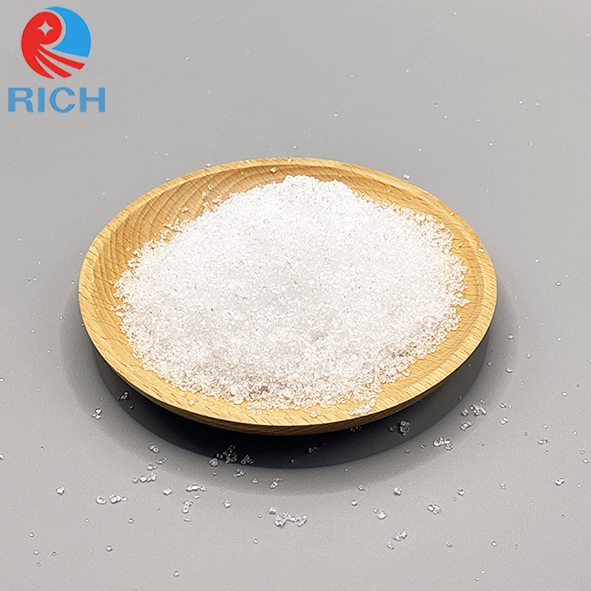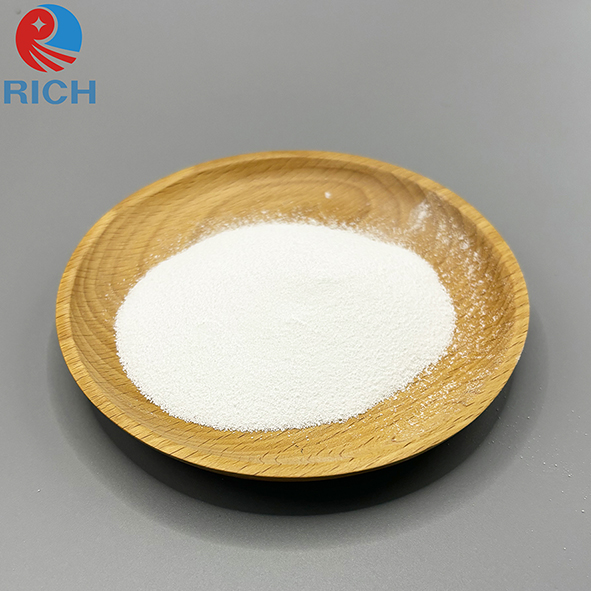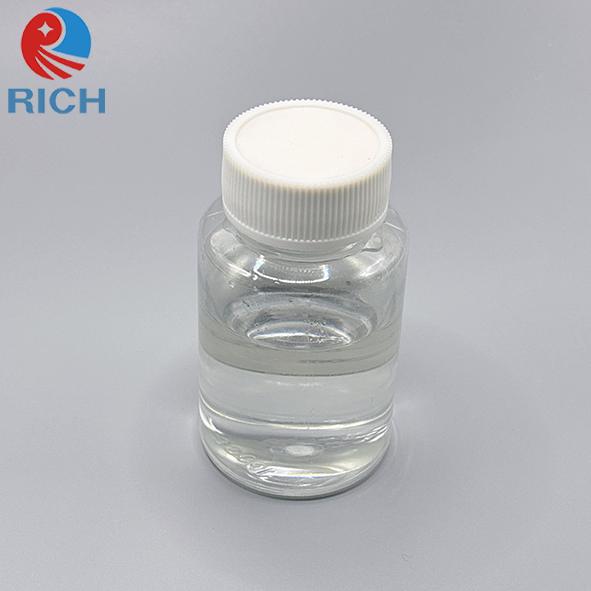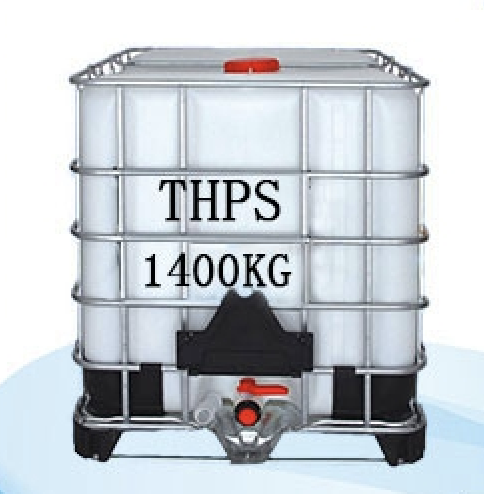What are the hot selling textile chemicals of RICH Group?
RICH Group is the original factory of anti-back staining, wax emulsions and flame retardant in China.
For details pls contact our Textile Chemicals Department: wuting@shrichgroup.com, Mob/whatsapp:+86 13166102802
Based on 100+ technical engineers and sales with over 20 years experience, the support of pioneers in textile chemicals field, including DongNan University, Wuhan University, we developped anti-back staining, wax emulsions and flame retardant which have super performance than normal products.
Hot selling products:
| Wax Emulsion RH-902 | Add 10-30% into waterproof agent, do not affect the performance |
| Wax Emulsion RH-960 | Lubricant for thread, including sewing thread and embroidery thread |
| Anti-back staining PR-95 | Super in anti-back staining, do not affect the elasticity of Spandex |
| Anti-back staining PR-10 | Cost-effective and have good performance in anti-back staining |
| Flame retardant THPC-U / THPS | Well known by Proban. One of the biggest supplier |
| Flame retardant FR-CP | Equivalent international product:Pyrovatex CP |
Recommended Posts
-
biocide THPS75%, widely used in oil drilling field and water treatment field. Package: 1400kg/IBC, 18IBCs/20'FCL 250kg/Drum, 4 drums/pallet, 80drums/20'FCL
-
the overseas team including their boss, technical engineer and purchase manager visited our Phosphates factory which mainly manufacture Yellow phosphorous, sodium hypophosphite (SHPP), Tetrakis Hydroxmethyl phosphonium sulphate (THPS), Tetrakis Hydroxmethyl phosphonium Chloride (THPC), Tetrakis Hydroxmethyl phosphonium Chloride -Urea(THPC-U), etc.
-
Sodium tripolyphosphate serves as a highly important additive in ceramic production, with its role extending far beyond a single function. Through its unique chemical properties, it effectively operates in multiple critical stages, significantly improving both the production process and the performance of the final product. As a long-proven and highly effective ceramic additive, the following outlines its main functions, mechanisms, and considerations: Core Functions & Mechanisms 1. As an Efficient Dewatering Agent and Dispersant This is the most important and widespread application of STPP in ceramic manufacturing. Mechanism of Action: Clay particles in ceramic slurries typically carry a negative charge but tend to attract each other, forming a "flocculated" structure that traps a large amount of free water. This leads to poor slurry fluidity and h...














